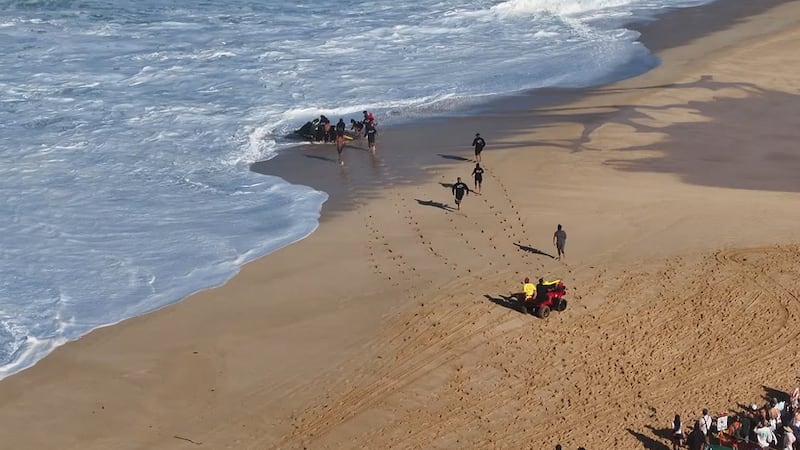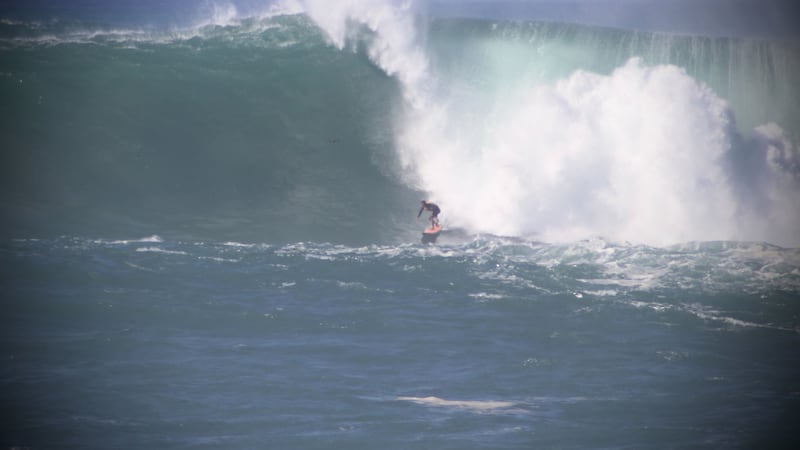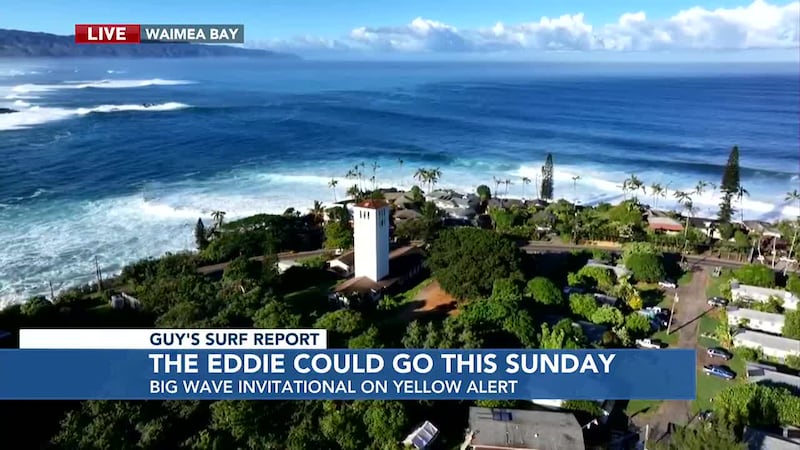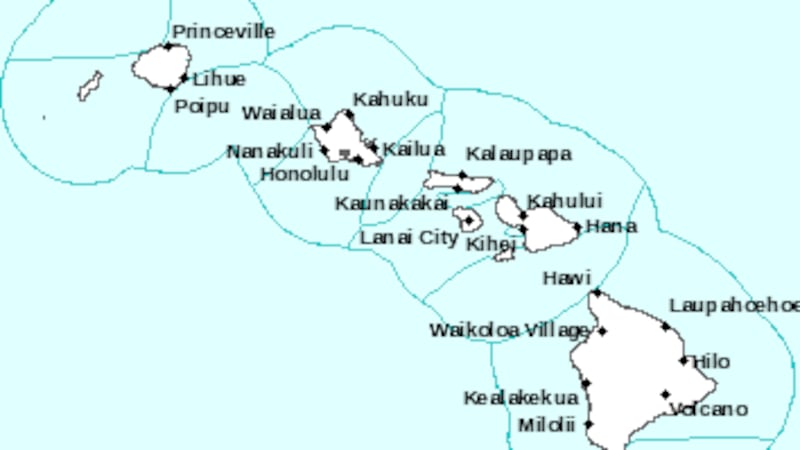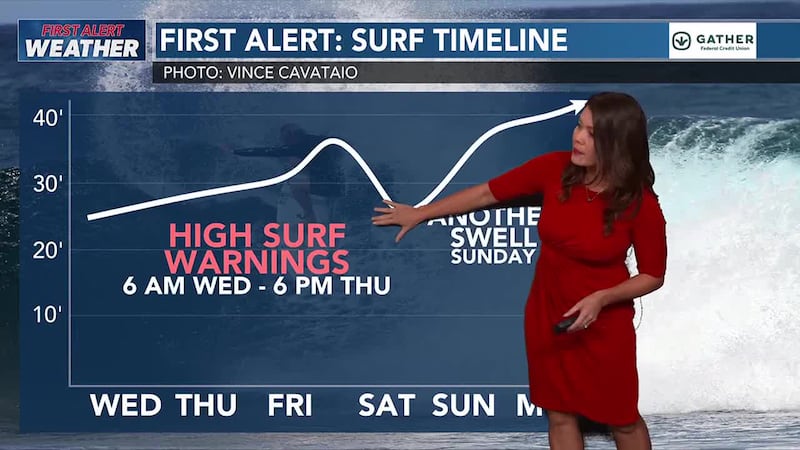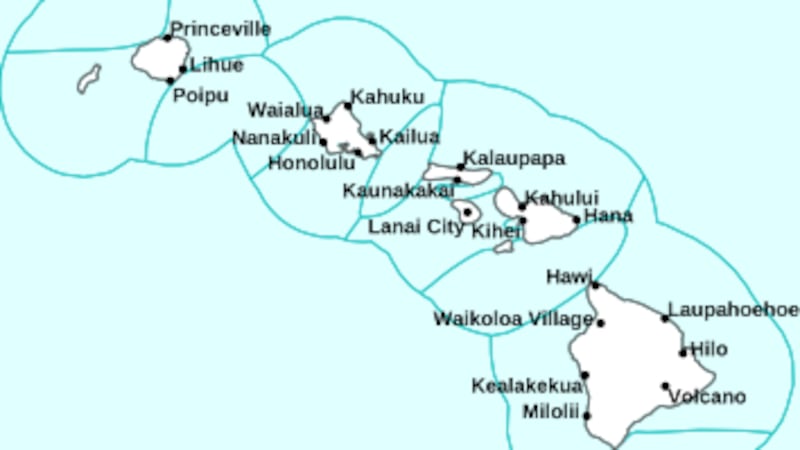First Alert Weather 101: How do hurricanes form?
HONOLULU (HawaiiNewsNow) - Hurricanes are one the most devastating examples of the power of the atmosphere.
Hurricane season runs every year from June 1 to Nov. 30, and these strong cyclones are experienced in large numbers worldwide.
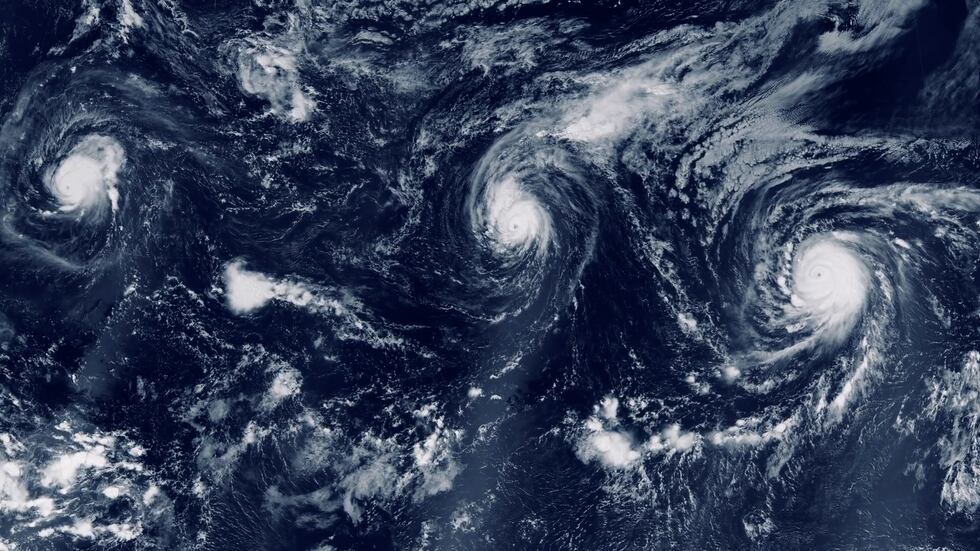
However, the inner workings of hurricanes are often difficult to describe. These monstrous storms can be simplified by viewing them as engines.

Just like a truck engine, hurricanes will not function properly without the proper fuel. Hurricanes, typhoons, and cyclones all run on something different than gasoline: warm ocean water.
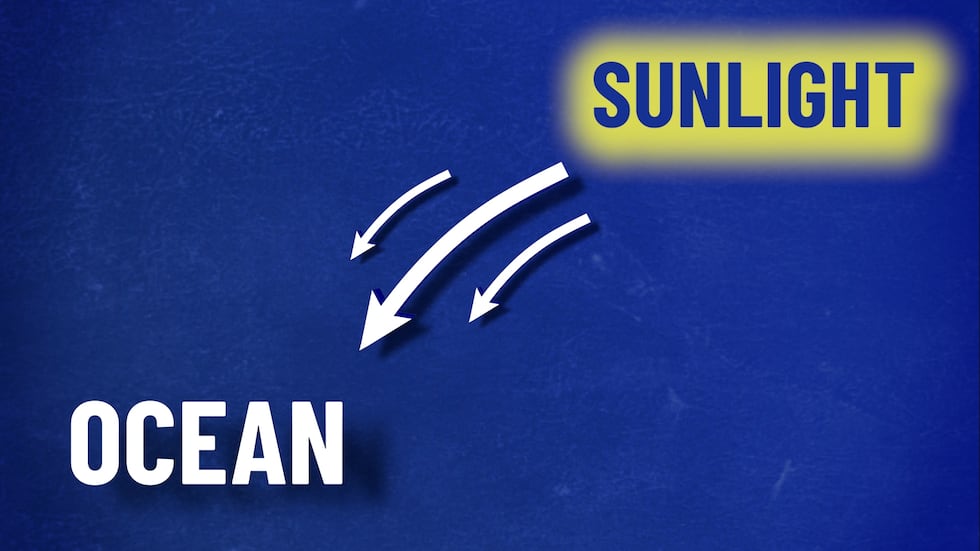
Sunlight constantly beams down on the ocean and increases the temperature of seawater, causing some of it to evaporate. This evaporation releases energy on a massive scale. The energy released during the evaporation process is what drives the further development of a tropical cyclone.
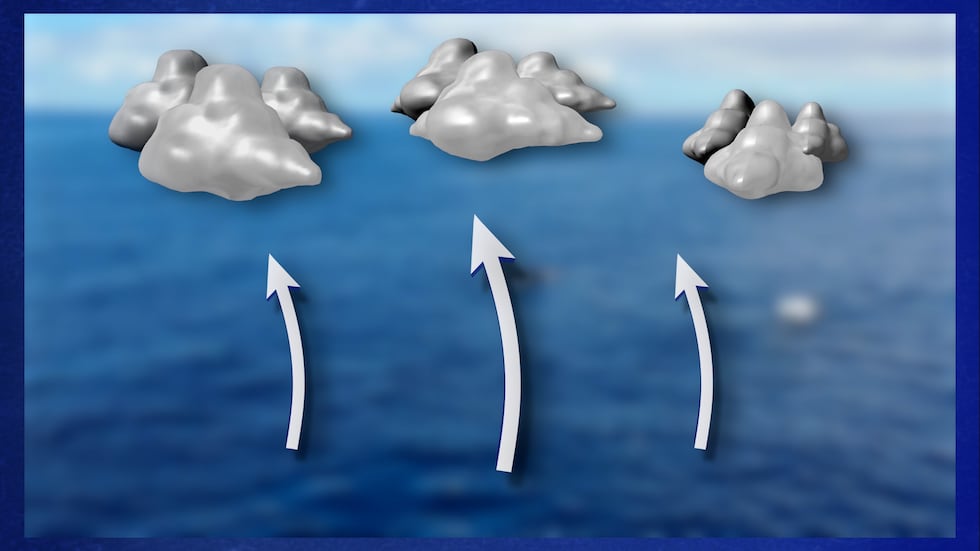
Without warm ocean water evaporating en masse, hurricane development is stunted. This can be observed outside of hurricane season, where storms struggle to develop because of the lack of needed energy.

Hurricanes themselves are low-pressure systems, which can be visualized as void, or lack of air molecules within the atmosphere. Surrounding high-pressure systems want to fill that void, and air rushes together to fill the vacuum. This rush causes air to converge at the center of a low-pressure system and is forced upward.

Alongside the instability from the evaporating warm ocean water, this upward motion pushes moist tropical air high up in the atmosphere. That moisture is then released through heavy rain from the tropical cyclone.
Hurricanes also require an atmosphere with little wind shear. Wind shear is the difference between wind speeds at the surface and the speeds higher up in the atmosphere. If the winds high up are much stronger than those at the surface, hurricanes can easily be torn apart.
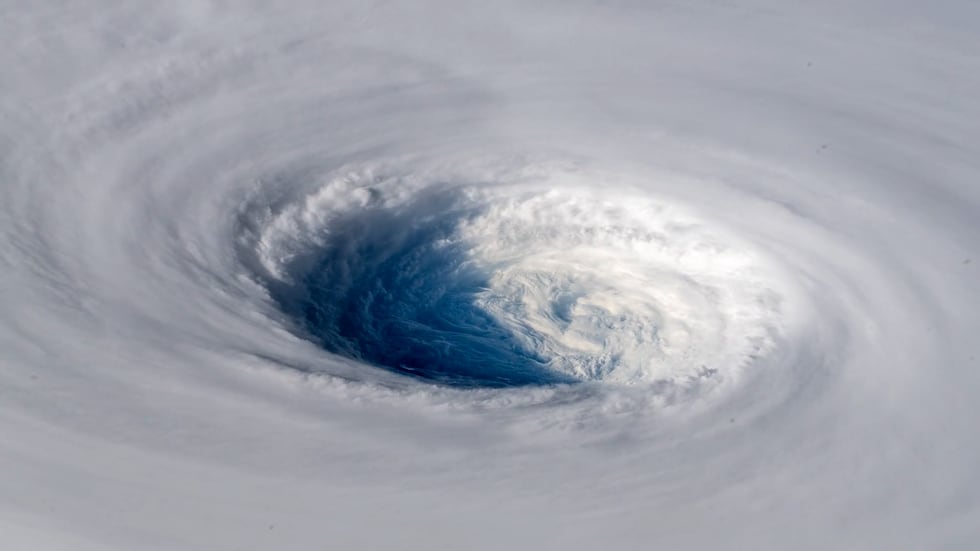
In reality, hurricanes are complex and living examples of the atmosphere’s might. There is a lot more that goes into the production and continuation of a strong tropical cyclone.
Copyright 2024 Hawaii News Now. All rights reserved.




